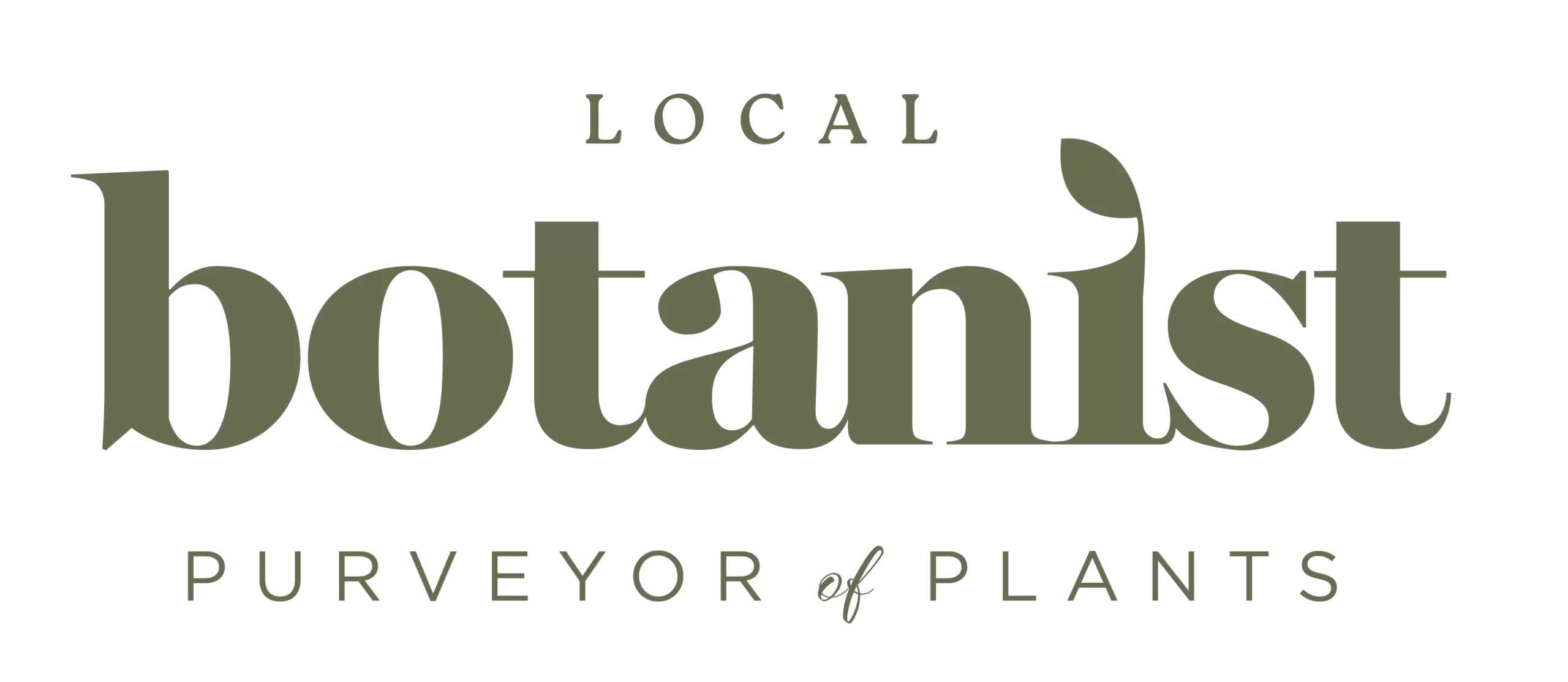
Design your dream garden today!
Get in touch with our expert garden designers for a quote.
Find out more
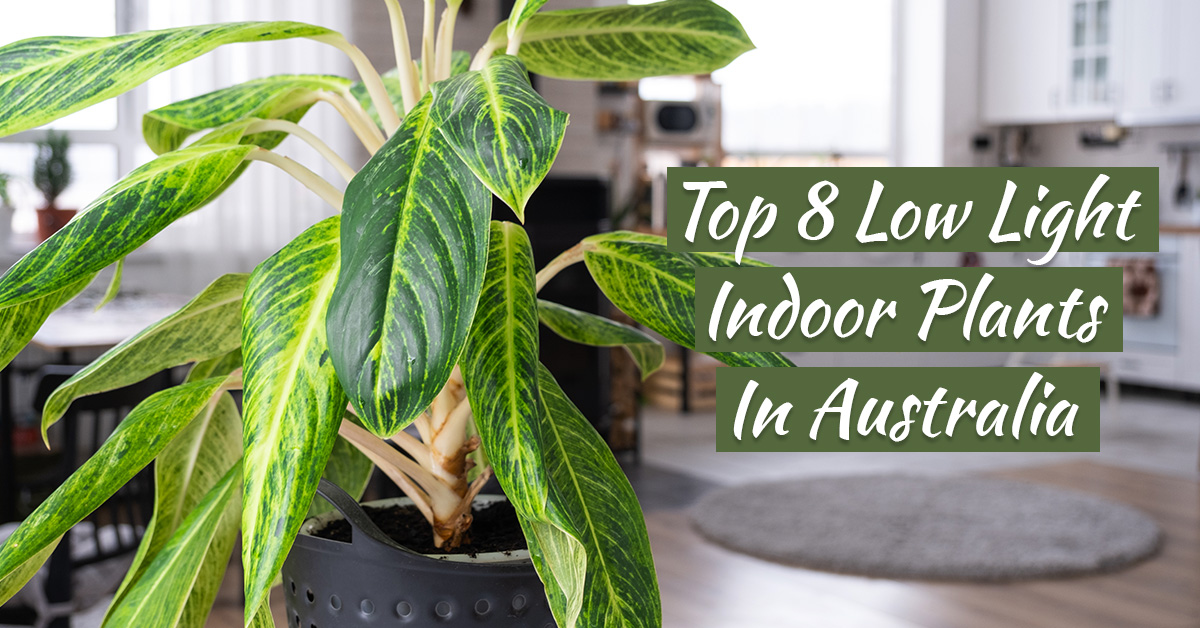
People assume they can’t keep plants alive in a dark room with minimal natural light. However, this isn’t the case at all! Many wondrous species of plants, including peace lilies, devil’s ivy, and snake plants, thrive in indirect light and shade, making them the perfect low light indoor plants in Australia.
Don’t miss out on the beauty of having an indoor botanical oasis! Consider these easy-going, low light indoor plants for your Australia home:
#1 Epipremnum aureum ‘Devil’s ivy’:
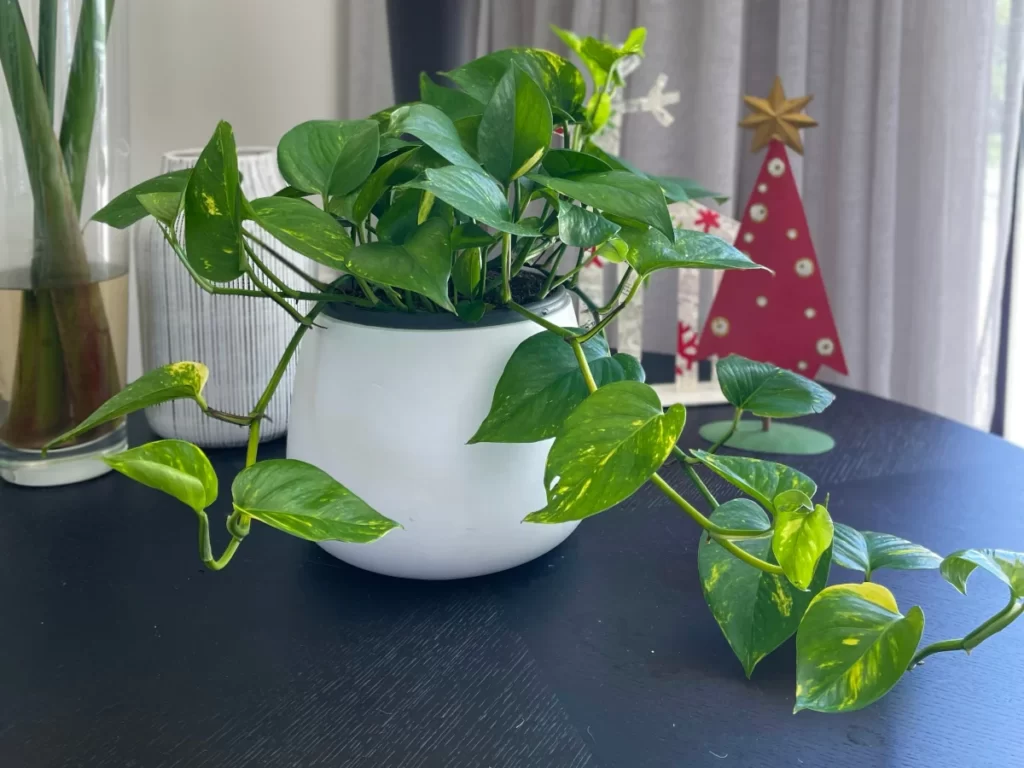
Characterised by vibrant green trailing foliage, devil’s ivy is a whimsical ornamental houseplant. Its artfully cascading vines make this plant perfect for hanging baskets and shelves, allowing you to infuse your space with an enchanting touch of nature.
This plant’s remarkable ability to tolerate a range of light conditions makes it perfect for any room in your home, whether it be dim or bright. It’s also exceptionally low maintenance and often championed as one of the easiest indoor plants – making it the perfect houseplant for anyone!
Plant Profile:
Appearance: Heart-shaped, bright green trailing leaves, often displaying pale green, yellow, and white streaks.
Native To: South East Asia and Pacific Islands.
Care:
- Watering: Water every 1-2 weeks throughout summer and 1-2 times a month throughout winter – only water if the top few inches of soil are dry
- Sun Exposure: Thrives in low and bright light – they cannot tolerate intense, full sun
- Soil: Requires well-draining soil, such as a cactus/succulent or orchid potting mix
- Fertiliser: Appreciates a monthly dose of water-soluble houseplant fertiliser throughout the growing season (spring and summer)
Pet Safety: Toxic to pets.
#2 Philodendron:
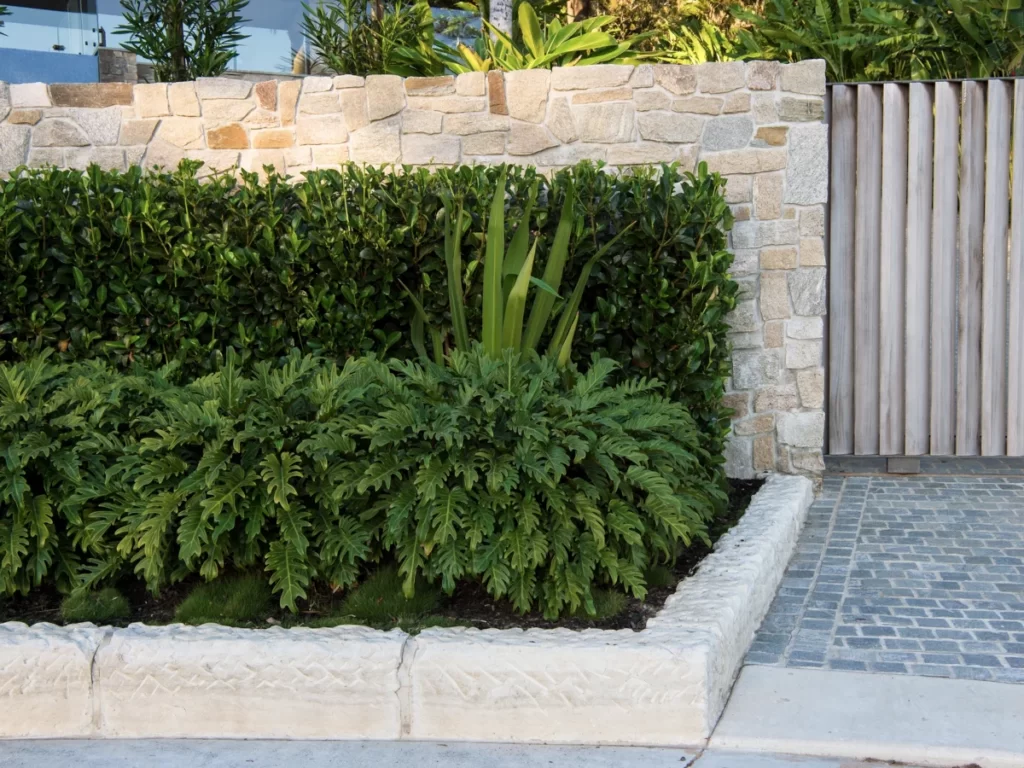
There are many delightful sub-species of philodendron to choose from, including the blushing philodendron and the silver leaf philodendron – leaving you spoilt for choice! While there are different types of philodendrons, many share certain characteristics, including large, rounded leaves and delicate, creeping vines.
Adapted to the dappled lighting and humidity of the rainforest canopy, these tropical low light indoor plants will happily grow in low-lit, moist rooms, such as your kitchen and bathroom.
Plant Profile:
Appearance: Often displays long creeping vines with large, heart-shaped leaves – appearance varies depending on subspecies.
Native To: Central and South America.
Care:
- Watering: Water weekly – ensure the soil is completely dry in between watering
- Sun Exposure: Enjoys partial, low-light and bright indirect light
- Soil: Needs well-draining, nutrient-rich soil – we recommend blending potting soil with perlite or pumice and orchid bark
- Fertiliser: Fertilise 1-2 times a month during the growing season (spring and summer) using a balanced ratio of ‘nitrogen: phosphorous: potassium’ (N:P:K)
Pet Safety: Toxic to pets.
#3 Dracaena trifasciata ‘Snake plant/Mother-in-law’s tongue’:

With striking, upright, intricately patterned leaves, the snake plant, also known as the mother-in-law’s tongue plant, makes a stylish and characterful low light indoor plant. Aside from its intriguing appearance, the snake plant is also favoured for its air-purifying qualities and remarkably low maintenance.
Plant Profile:
Appearance: Upward-growing dark green, sword, or tongue, shaped leaves with horizontal, pale green stripes.
Native To: West and West Central Africa.
Care:
- Watering: Water fortnightly throughout summer and monthly throughout winter – always ensure the soil is completely dry in between watering
- Sun Exposure: Grows well in the shade. Also tolerates bright, indirect light and some direct light
- Soil: Needs an airy, well-draining potting mix – succulent/cactus soil works well
- Fertiliser: Feed a balanced, water-soluble fertiliser monthly throughout the growing season (spring and summer)
Pet Safety: Toxic to pets.
#4 Ficus elastica ‘Rubber fig’:

Distinguished by flawless dark green, glossy leaves and a slender, straight trunk, the rubber fig plant makes a dapper botanical adornment. Famed for its incredible versatility, resilience, and air-purifying qualities, this plant harmoniously marries style with functionality and low maintenance, making it perfect for anyone seeking fuss-free low light indoor plants in Australia!
Plant Profile:
Appearance: A slender, straight trunk with oval-shaped glossy green leaves, occasionally displaying a subtle touch of pink, white, and burgundy.
Native To: South and Southeast Asia.
Care:
- Watering: Water 1-2 times a week – allow the soil to dry out in between watering
- Sun Exposure: Ensure it receives a minimum of 6-8 hours of low to bright light a day – keep away from intense direct sunlight
- Soil: Thrives in practically any general potting mix
- Fertiliser: Apply a liquid fertiliser every six weeks throughout the growing season (spring and summer) – a formula with a high nitrogen content will keep its leaves glossy
Pet Safety: Toxic to pets.
#5 Nephrolepis exaltata ‘Boston/Sword fern’:
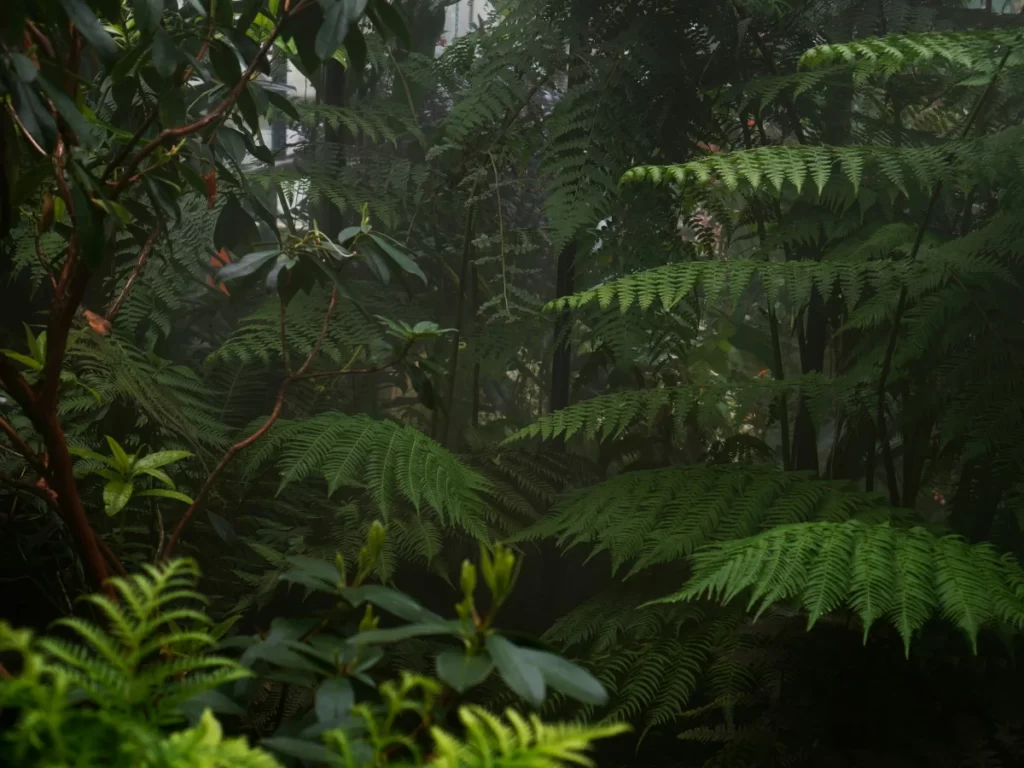
Appreciated for its lush, feathery fronds, the Boston, or sword, fern makes a fanciful botanical embellishment that radiates playful character. Aside from its ornamental charm, these plants also serve as natural air purifiers that will refresh any indoor space.
Because Boston ferns are accustomed to tropical climates, they love soaking up humidity, making them superb for damper areas in your home, such as your bathroom and kitchen.
Plant Profile:
Appearance: A dense arrangement of arching feathery, green fronds.
Native To: Central and South America.
Care:
- Watering: Water twice a week and mist in between watering – ensure you keep the soil slightly moist
- Sun Exposure: Best kept in indirect and dappled light – keep these plants away from direct sunlight as this plant’s fronds are susceptible to scorching
- Soil: Loves moist, well-draining soil – a peaty, soil-based potting mix works well
- Fertiliser: Feed a diluted liquid fertiliser monthly throughout the growing season (spring and summer)
Pet Safety: Non-toxic to pets.
#6 Spathiphyllum ‘Peace lily’:
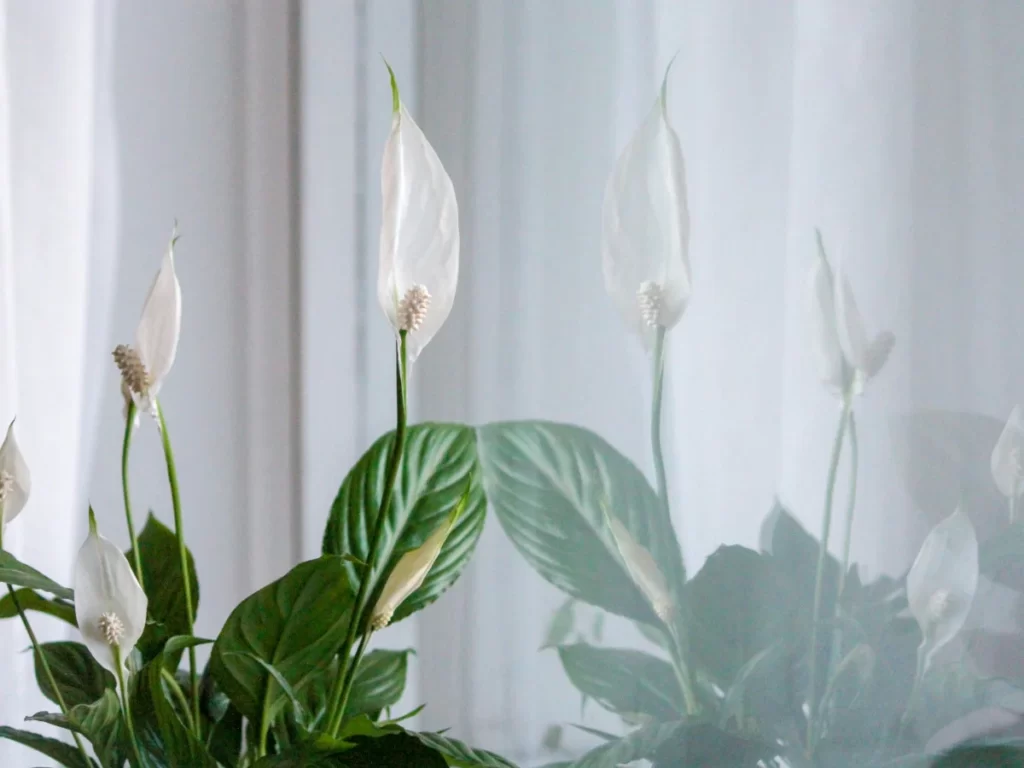
Boasting sleek, glossy green leaves and delicate, white, lightly fragranced flowers, the peace lily poses as one of the most elegant low light indoor plants, making it perfect for refined and luxurious interiors. Because of this species’ opulent appearance, it makes a popular dining table centrepiece and coffee table adornment that exudes serenity and sophistication.
Low lighting won’t hinder the peace lily’s ability to blossom, as these plants possess a rare ability to bloom in dappled and medium light!
Plant Profile:
Appearance: Long, glossy, dark green leaves paired with pure white, slender, lanceolate flowers.
Native To: South America.
Care:
- Watering: Water weekly, ensuring you also spritz leaves – ensure the top inch of soil is dry before watering
- Sun Exposure: Prefers filtered, indirect sunlight – keep away from bright, direct light as this can burn the leaves
- Soil: Requires a mix-drainage, moisture-retaining potted mix – we advise using a mix with coir, peat moss, loam, or perlite
- Fertiliser: A high potassium liquid fertiliser will keep your peace lily blooming – a tomato feed works well
Pet Safety: Toxic to pets.
#7 Ficus lyrata ‘Fiddle-leaf fig’:
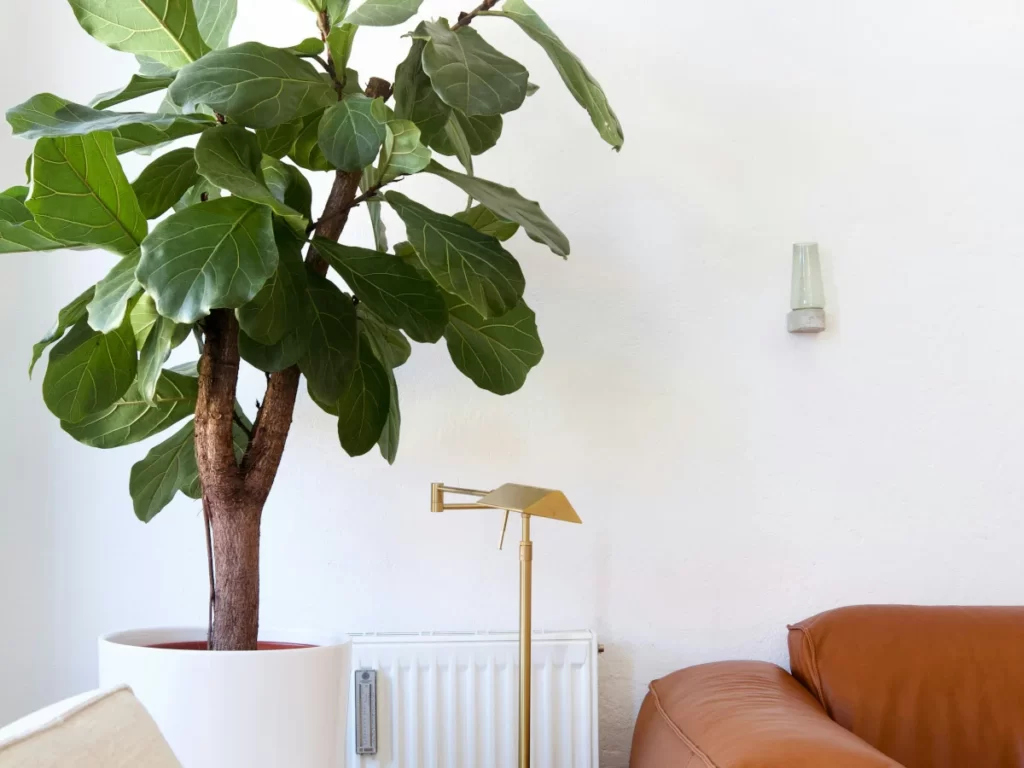
With lustrous, green, fiddle-shaped leaves and a sleek, dark trunk, the exceptionally polished fig plant delivers a contemporary and undoubtedly sophisticated flare. Its basic care needs and amazing adaptability further add to this species’ appeal, making it a highly desired houseplant.
Plant Profile:
Appearance: Wide, vibrant green leaves growing along a dark and narrow trunk.
Native To: Central and Western Africa.
Care:
- Watering: Water every 7-10 days – ensure the top layer of soil is dry in between watering
- Sun Exposure: Thrives in part shade and bright, indirect light
- Soil: Best kept in a well-draining soil with a neutral pH
- Fertiliser: Appreciates monthly dose of a diluted, nitrogen-rich liquid fertiliser throughout the growing season (spring and summer)
Pet Safety: Toxic to pets.
#8 Rhapis excelsa ‘Broadleaf lady palm’:
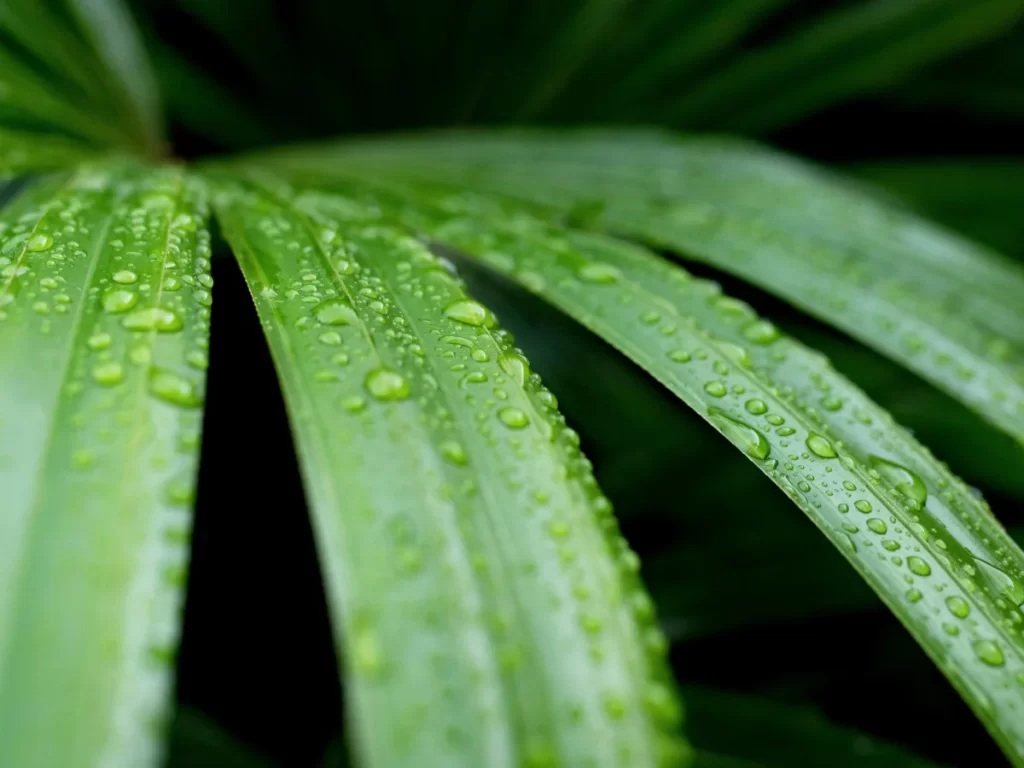
Featuring a robust yet slender trunk complemented by bold, characterful, and densely branched leaves, the broadleaf lady palm is an endearing tropical plant capable of effortlessly uplifting any space with quirk and charm. Good looks aside, this species is well-adapted to lower light conditions and humidity, making it ideal for dim-lit, damp indoor environments, such as the bathroom.
Plant Profile:
Appearance: Dense clusters of long, dark green, narrow leaves branching from a dark woody trunk.
Native To: Southeast Asia.
Care:
- Watering: Hydrate weekly – keep the soil evenly moist but never soggy
- Sun Exposure: Prefers bright, indirect light, but also tolerates part to full shade
- Soil: Any well-draining houseplant soil mix works well
- Fertiliser: Feed a diluted, balanced liquid fertiliser every 2-4 weeks throughout the growing season (spring and summer)
Pet Safety: Non-toxic to pets.
FAQS on Low Light Indoor Plants in Australia:
Here are answers to the most frequently asked questions regarding low light indoor plants:
Low light indoor plants can be kept in east or west-facing rooms with at least one window. Both orientations typically receive bright, indirect light during the morning and afternoon, which is ideal for a low-light indoor plant. If your space captures a lot of light, avoid placing any low-light plant species by windows, as direct sunlight can damage and stress them.
The snake plant, devil’s ivy, and peace lily are among the many plants that thrive in low-light conditions, making them perfect botanical companions for homes with limited access to natural light.

